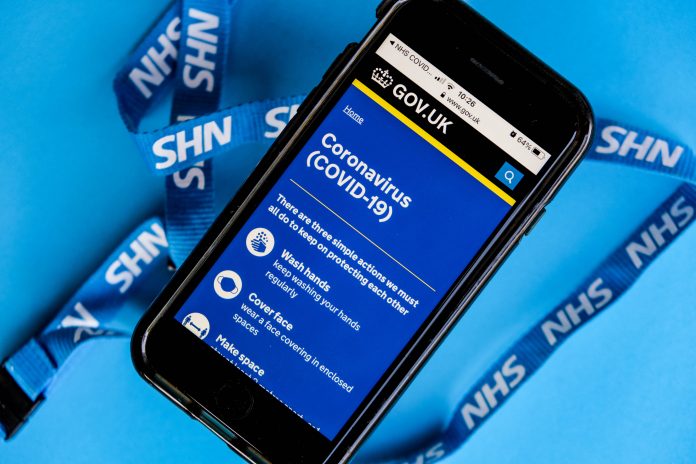Helen Dempster, Founder of Karantis360, explores the benefits of Spark DPS and what future developments are required to improve the public sector health procurement journey even further
Intended as a helpful route to market for cutting edge technologies – something that the public sector has struggled to achieve for years – Spark Dynamic Purchasing System (DPS) offers a more streamlined procurement framework to address this problem.
When Coronavirus first struck, there was a sudden urgency for the NHS and social care sector to adopt digital solutions, but most traditional public sector procurement processes were extremely time-critical, and time was something that they didn’t have. Consequently, NHSX encouraged more innovative digital solution providers to apply to become members of the Spark DPS framework, launched in April 2019. The aim was to not only open opportunities for SMEs to compete against larger organisations, but it also offers public sector customers a more flexible and faster way to access the technologies and services needed to provide better patient care, closer to, or within their own.
Health procurement: Then versus now
For many years, public health procurement has been reliant upon using a traditional and long-winded tender procedure using the Official Journal of the European Union. The entire tender process from researching and comparing providers, to invitations to tender, and the final stages of selecting and implementing, was extremely laborious – often taking multiple years to complete.
Over recent years, there has been a gradual adoption of some new procurement frameworks. G-Cloud, for example, which has become one of the largest Crown Commercial Service procurement frameworks within the digital marketplace, enables public sector bodies to purchase off-the-shelf trusted and proven products without any competitive tender – ultimately saving valuable time.
Spark DPS is uniquely positioned to combine elements from a more traditional approach like the Official Journal of the European Union and the modern approach that G-Cloud represents. For example, if there were three suppliers on Spark DPS that ostensibly had the same solution, then the procuring body can run a mini digital competition for those three organisations which encourages continuous innovation among competitors, whilst ensuring the process remains efficient. Furthermore, Spark DPS focuses very specifically on innovative, disruptive and emerging technologies.
Remote patient monitoring
One of the main focuses coming to fruition within health and social care is remote patient monitoring. Indeed, there has long been a need to apply digital solutions to improve how social care is delivered. Bed blocking has been a huge issue across the NHS; older and vulnerable patients stuck in hospital due to a lack of social care in the community can be there for weeks. This adds cost at every level – from causing delays in A&E to undermining nursing morale, leading to increased staff turnover and hiking up recruitment costs. Analysis by the Alzheimer’s Society shows that, since March 2017, people with dementia have spent more than one million unnecessary days stuck in hospital beds, despite being well enough to go home, at a cost to the NHS of over £340 million.
Coronavirus has now only increased the need for remote patient monitoring even further, as encouraged by NHSX. To make the procurement process faster and easier, proven solutions are readily available to purchase through Spark DPS. Ones, for example, that can support early hospital discharge and prevent hospital admission by empowering clinicians and care providers to make informed decisions based on the complete picture of an individual’s health, in real-time.
Room for improvement
As highlighted, Spark DPS enables public health bodies to search for proven digital solutions namely using key words such as ‘remote patient monitoring’ once they are confident in knowing what type of solution they need. However, in some cases, this process can be too prescriptive, and often suppliers could, in fact, offer a better solution for their challenge where, for example, technology has since evolved. Or a particular supplier might be able to provide a solution to part of the challenge, but in collaboration with a partner could offer a more complete solution.
As it stands, Spark DPS does not offer this level of dynamism – moving away from a points scored model will encourage further innovation, both among suppliers and also public bodies. Furthermore, there is also room for improvement within the tender answering process. Moving from the current written application towards a more engaging short video pitch, for example, would allow for a deeper understanding of the scope of the solution, and help to foster a more holistic approach.
Spark DPS has undoubtedly changed the way that health solutions can be procured but encouraging trust and inspiration among the procuring body by offering a less prescriptive framework can further transform the procurement process and drive innovation.











